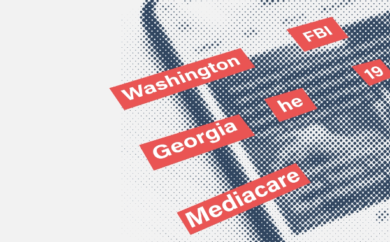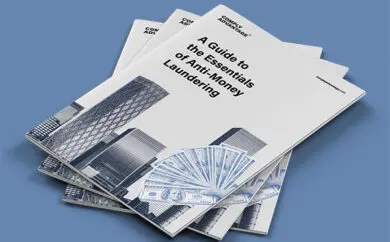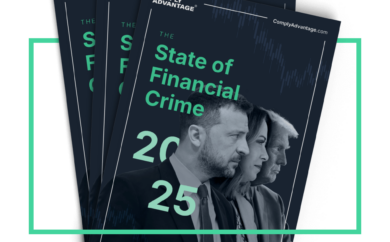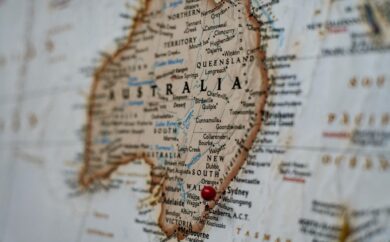
When conducting customer due diligence (CDD), financial institutions (FIs) must assess prospective customers against a variety of risk factors. One of these is adverse media, or negative news: information from media sources indicating that a customer may represent a money […]



 EN
EN FR
FR



